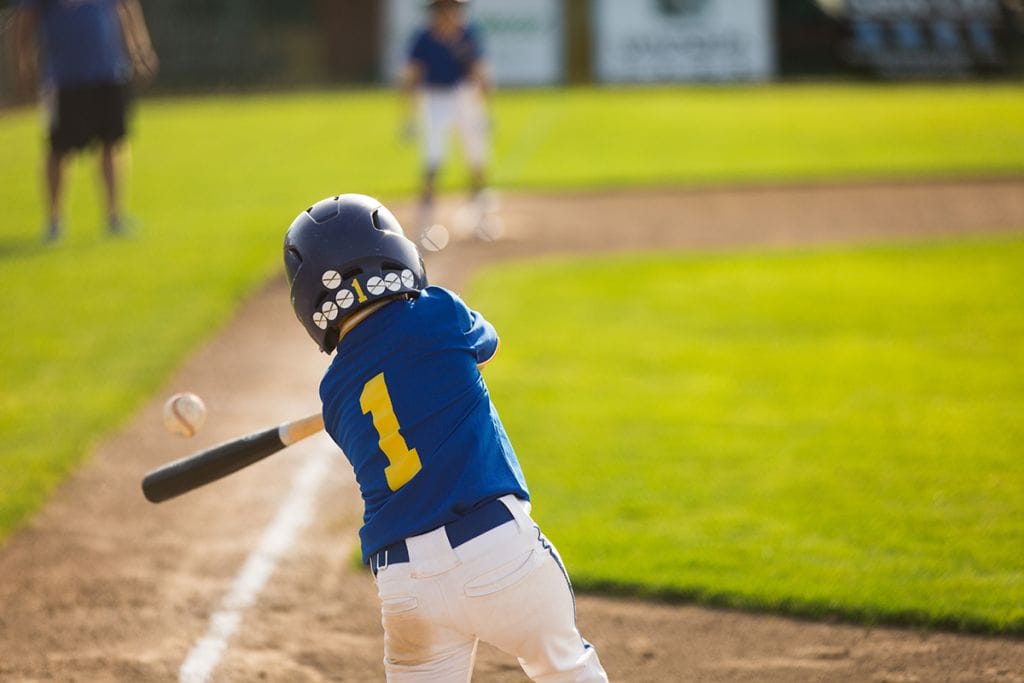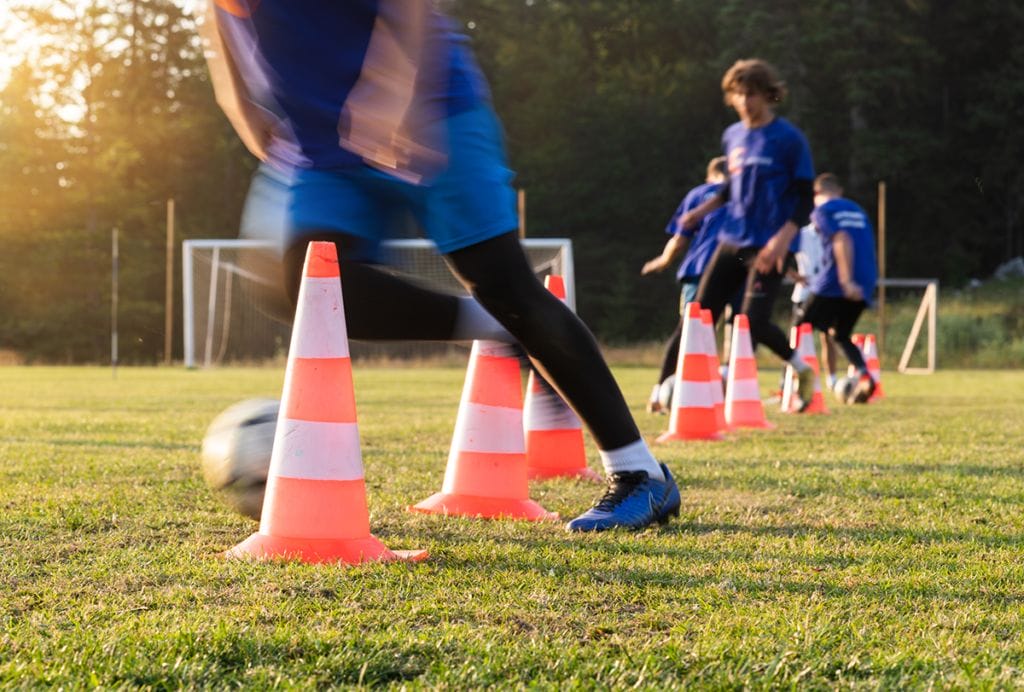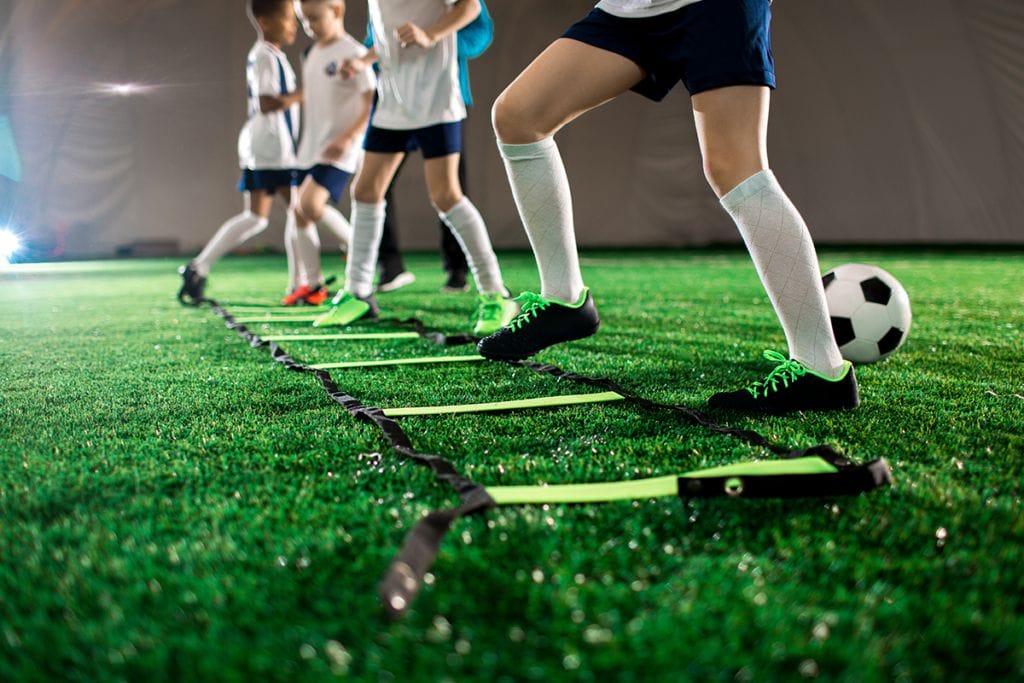There’s no question that athletic development is a critical part of success for young athletes.
Proper training and conditioning can improve strength, speed, agility, and overall fitness.
By developing a comprehensive athletic program, coaches and parents can help young athletes achieve their goals and become the best they can be.
Proper Athletic Development is Key for Young Athletes
Athletic development should focus on more than just one aspect of athleticism. A well-rounded program that helps young athletes improve in all areas of athleticism is the proper approach.
Athletic development is a crucial aspect of sports performance and should be tailored to the individual athlete to improve their sport-specific skills.
Several factors need to be considered when developing young athletes, including
- Proper nutrition
- Physical training
- Mental preparation
Properly fueling young athletes before and after physical activity is essential for optimal athletic performance.
Young athletes should receive regular exercise training focused on building strength and improving flexibility to reduce the risk of injury.
Effective mental preparation techniques such as visualization or goal setting can help athletes build confidence and focus, translating into improved performance on game day.
By focusing on these different aspects of athletic development, young athletes can excel in their sport of choice while also developing valuable life skills.
Below we will dive deeper into each aspect.
Young Athletes and Nutrition
To perform at their best, young athletes need to consume a healthy and balanced diet that provides them with the energy and nutrients they need for growth and development.
This may include consuming foods high in protein and omega-3 fatty acids and plenty of fruits and vegetables.
Additionally, young athletes need to drink plenty of water to stay hydrated throughout physical activity.
Building Strength & Improving Flexibility
Another critical aspect of athletic development for young athletes is regular exercise training focused on building strength and improving flexibility.
To reduce their risk of injury, young athletes should participate in regular physical activities that help them develop strong muscles and bones.
In addition, flexibility training can help young athletes improve their range of motion and develop further injury resilience.
Mental Preparedness
Effective mental preparation techniques are also important for young athletes.
Visualization or goal setting can help athletes build confidence and focus, translating into improved performance on game day.
For example, picturing oneself executing a skill or accomplishing a goal can help increase motivation and confidence.
Similarly, setting small goals leading up to a big competition can help focus an athlete’s attention and effort while also providing a sense of accomplishment as each milestone is met.
These mental strengthening exercises can help young athletes build confidence and focus, translating into improved performance on game day.
The Progression of Athletic Development For Young Athletes
There are two parts for a youngster to start athletic development: mental and physical.
Early Mental Development For Athletic Success
Young athletes need to learn about good sportsmanship and respect for others.
They should understand how important it is to work together toward common goals and be respectful of their opponents. This instills a sense of fair play and sportsmanship. That will be beneficial both on and off the field.
Mental development should also include developing the skills necessary to cope with success or failure.
For young athletes who have been successful in their sport, it is crucial to learn how to handle the attention and pressure of being a top performer.
On the other hand, those who have not been as successful need to learn how to deal with disappointment and setbacks.
In either case, developing mental toughness and resilience will be essential for long-term success in athletics.
Early Physical Development
Kindergarten through third grade are important years for physical development. This is when children learn how to use their bodies, develop coordination, learn balance, and increase flexibility.
Flexibility can be one of the most important things during these young ages because as they get older, this will help to prevent injuries.
Whether your child decides to pursue athletics later on in life or not, early physical development is an important part of overall growth and development.
Athletic Development In The Teen Years
As children progress from age 10 to 18, they continue to develop physically. This can be seen in their continued coordination, balance, and flexibility development.
They may also begin to specialize in certain sports or activities, which requires them to develop specific skills related to that activity.
For example, a child interested in swimming may begin to learn different strokes, or a child interested in basketball may start to work on their shooting.
In either case, the focus is on continuing to develop the physical skills necessary for success in that particular activity.
As children get older and become more specialized in their chosen sport or activity, the demands on their bodies increase. This means that they need to pay closer attention to things like nutrition and recovery to stay healthy and perform at their best.
Physical development is an ongoing process during these adolescent years and requires continued focus on building strength, agility, and overall fitness.
This phase also involves learning the specific rules and techniques required for their particular sport.
For example, in gymnastics or figure skating, athletes must master a wide range of skills that require years of practice and repetition.
This requires the mental focus, determination, and discipline needed to succeed.
In Conclusion
Parents and coaches should work together to improve athleticism in young athletes.
One of the best ways to improve athleticism in young athletes is to ensure that they are receiving proper instruction and coaching. This means working with qualified coaches who can teach them the proper techniques for their chosen sport or activity.
It is also important to make sure that young athletes are properly conditioned and prepared for the demands of their chosen sport or activity. This includes ensuring that they have a good base of strength and conditioning and sufficient flexibility.
Additionally, young athletes should be encouraged to eat a healthy diet and get enough rest to perform at their best.
Parents and coaches can help young athletes develop into strong and successful athletes by providing proper instruction, coaching, and support.






